-
Posts
96 -
Joined
-
Last visited
Content Type
Profiles
Forums
Blogs
Gallery
Events
Store
Posts posted by 219PG
-
-
Robin
I used to work at Deptford, South London and always stopped to look at these skulls that are on the gate to St Nicholas church. A church has been at this location for 800 years and Christopher Marlowe (contemporary of Shakespeare) is said to be buried in the grave yard. Deptford is situated on the banks of the Thames, near Greenwich, and because of it's long maritime history it is said that these skull & cross bones were the inspiration for the pirate flag.
Alex
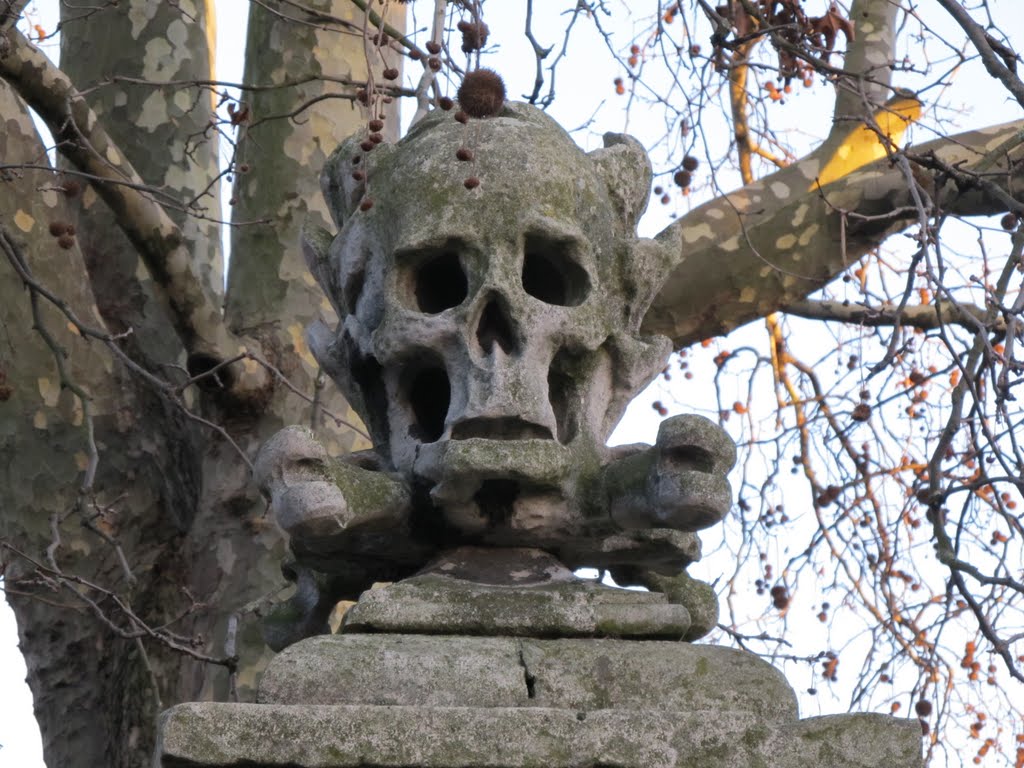
 0
0 -
Craig
From 1865 Croydon and Addington were W Division. Z Division was created in February 1921. Thornton Heath Sub - Division covered the Norbury area until at the new station was built and occupied in 1925. Thornton Heath Sub - Division then became known as Norbury Sub - Division.
I cant find your Pc Rowther at the moment - maybe Odin can?
Alex
0 -
Great minds think alike

Alex
0 -
In 1888 John Grimwood appears to have given evidence at the Old Bailey trial of Leon Serne & John Henry Goldfinch, both charged with arson. Serne was found guilty and sentenced to 2 years penal servitude, Goldfinch was found not guilty.
Below is Grimwoods evidence taken from the court transcript (OldBailey on line). This provides you with his Divisional no E397.
John Grimwood (Policeman E 397). On 18th September, about 1. 35 a.m., I was on duty in the Strand, and saw smoke issuing from the top window of 274, I came from the east, from Temple Bar; I ran for a fire-escape and called the firemen—the escape came about three minutes afterwards—I assisted the constable in trying to force the doors open, and rescue the inmates—I went to 275, and had to come back—I then went to 277, where Mrs. Serné was rescued.
Alex
0 -
John Charles Grimwood joined the Met as a constable on the 16th February 1885, warrant number 70100, and was posted to E Division (Holborn). He left the Met on the 21st February 1910 while serving on S Division (Hampstead) as a station sergeant (SPS).
National archives MEPO 4/343/169 (leavers register) refs.
He received the 1887 Jubilee medal while serving as a constable on E Division and the 1897 bar while serving as a sergeant on P Division (Camberwell). He received the 1902 coronation medal while serving as a sergeant on S Division (Hampstead).
John appears to have been one of those officers who re joined the Met on the 13th June 1911 to police the coronation & was given the new warrant number O2668. He would have received the 1911 coronation medal.
Alex
0 -
Peter
Edward Nursey - warrant number 67553 - joined the Met on the 11th March 1883 and died while serving as a sergeant on R Division (Greenwich). No service record for him I'm afraid, so no date of birth etc - only shown in register of joiners & leavers. He appears to have got the 1887 Jubilee medal while serving on A Division as a PC, 1897 Jubilee while on P Division as PS & 1902 coronation medal on R Division as PS.
The Old Bailey on line show's an Edward Nursey sergeant S Div as a witness to the 1890 trial of Robert Shirley for theft/burglary, 1890 trial of Mary Eleanor Pearcey for murder, 1891 trial of James Gorman, Albert Gorman & Richard Price for theft/extortion.
Edward Nursey Detective X Div gave evidence in the 1893 trial of Walter Hosler for murder.
Edward Nursey sergeant R Div gave evidence in the 1900 trial of Elizabeth Carter for bigam
------------
Pity the medals have been split up !!
Alex
0 -
Congratulations Odin - looks a great display.
Alex
0 -
As you can see, all but one of the group are wearing this medal. Maybe it's a type of local medal given to celebrate the 1911 coronation? - unless they were all awarded for some form of joint gallantry.
Thanks
Alex
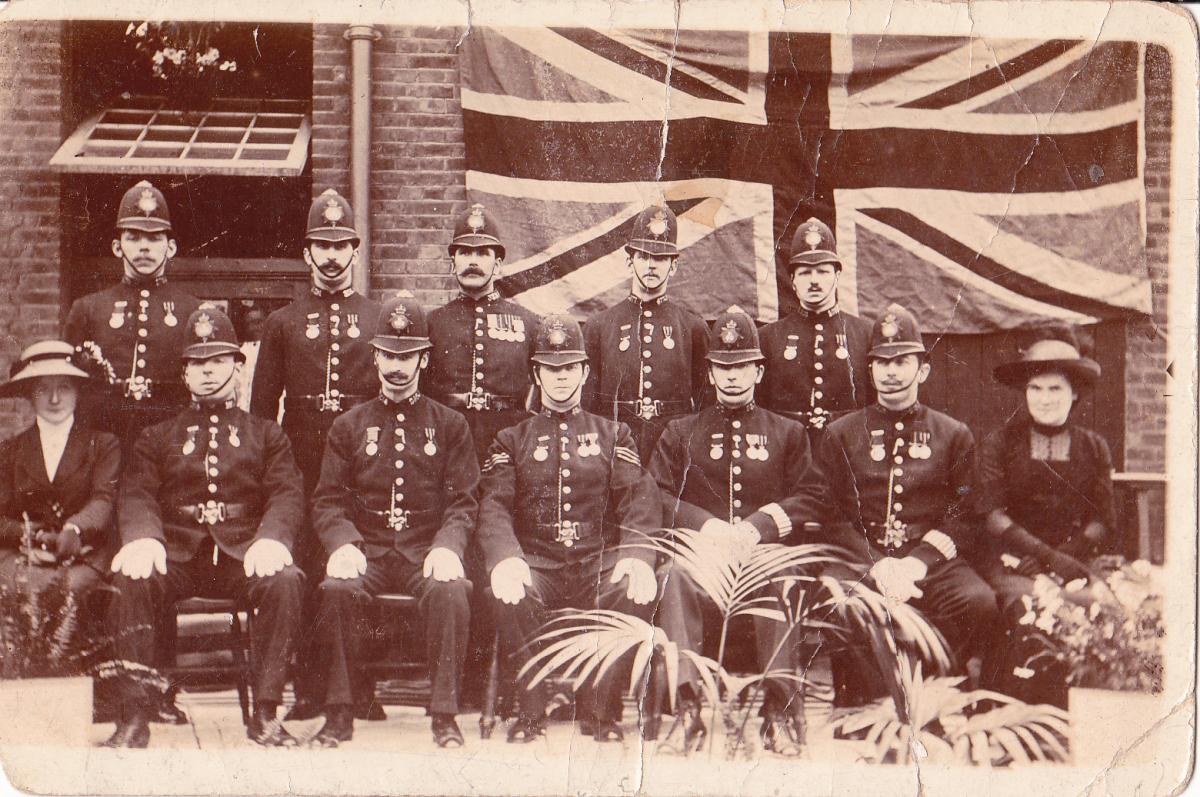 0
0 -
Thanks for all your suggestions - it is very similar to the Royal Humane society medal but from what I know there are no matches.
Alex
0 -
I meant early 20th century photo's
Alex
0 -
I need some help from a medal expert please - The attached photo is a Metropolitan police constable wearing the 1902 & 1911 coronation medals and on the opposite side an unknown medal.
I have seen a number of group photos with early 19th century constables/sergeants and officers wearing this medal but never a studio portrait of a single officer wearing one.
Can anyone help or any ideas ?
Alex
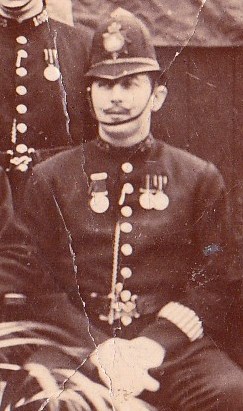 0
0 -
This is a famous image of Chief Inspector Francis Harry Rolfe arresting the suffragette Emmeline Pankhurst outside Buckingham palace in May 1914.
Unfortunately two months after arresting Emmeline Pankhurst he tripped over a rope barrier while on duty and died in St Thomas’s hospital aged 45.
After doing a little research I was surprised to find a link between Mr Rolfe and my own family. In 1901 he was the next door neighbour of my great great grandfather (a retired Met Chief Inspector) living in Deptford, South London.
Francis Harry Rolfe was the son of J Division Metropolitan police Inspector George Rolfe – warrant no 50270.
He joined the Metropolitan police on the16th January 1888 as a constable on C Division – warrant no 73222.
He received the 1897 Jubilee medal as a sergeant on C Division (Chelsea). 1902 coronation medal as an Inspector on G Division (Finsbury) and the 1911 coronation medal on as a Chief Inspector on A Division (Whitehall)
In 1911 he was living with his family at Cannon Row police station, Westminster, London.
Chief Inspector Rolfe’s death is recorded in the Metropolitan police Roll of Honour.
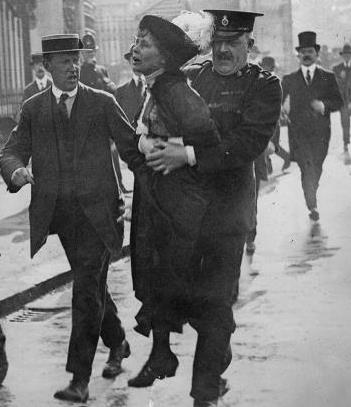 0
0 -
UK National Archives - Ref MEPO/4/417
Arthur Israel Grover - dob 23/06/1878 - born Tonbridge Wells, Kent (although the census records show Speldhurst, Kent) - single man with occupation as printer - living at St Johns Road Epping.
On joining the Metropolitan police he was 21 years old, 5 feet 10 inches tall, weighed 10st 8lbs, had a 35 inch chest with fresh complexion, blue eyes and brown hair.
Public service - Prior to joining the police he had served two and a half years with the 1st Essex Volunteers.
The 1901 Census shows him as living at Holborn police station (E Div) along with other constables.
Arthur was retired unfit for service in 1902 and given a gratuity - he appears to have died in 1908.
Hope this helps
Alex
0 -
It's great when you find living relatives of constables you have researched - this has happened to me twice recently when researching on Ancestry. I wonder if Cheyrl has a photo of her great grandfather she may be willing to share with us?
Alex
0 -
137 new Special Constables converged on The Peel Centre, Hendon, London on Sunday 18th August 2013 for what is believed to be one of the largest attestation ceremonies since the end of the Second World War.The unusually large ceremony took place in The Simpson Hall – the location of thousands of officers' attestations over the years and was attended by Commander Simon Letchford and the Metropolitan Special Constabulary Chief Officer, John Conway and a presiding Magistrate.
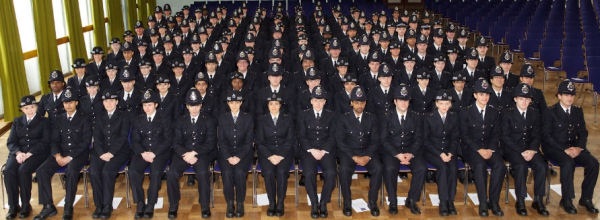 0
0 -
Standards may have dropped but I would never make a comparison between the Metropolitan police and the South African police !
0 -
-
Robin - Saw him on the news - was wearing Long service/good conduct, Golden Jubilee & Diamond Jubilee medals - No MBE !!
Jock In the British police service it is up to the individual if they want to take promotion - its common for guys who like to work on the front line to remain a constable or sergeant for their entire service.
0 -
The country's longest-serving policeman is retiring after almost 47 years on the job aged 66 !
PC Mick Mountain joined the Metropolitan police in 1966 and for the past 18 years has worked at the Place of Westminster
He recalled one frightening arrest when the man, who was holding a hand grenade, threatened to pull the pin.
PC Mountain ripped the grenade from him before throwing it into open space.
Although he feared for his life, he said it is not until after that sort of scenario is over that you realise the danger you were in, and "that's what police do".
PC Mountain, who is married with two children, is looking forward to enjoying travelling more in his retirement.
The photo's show him at Horse Guards parade for trooping the colour in 1972 & at Horse Guards last week
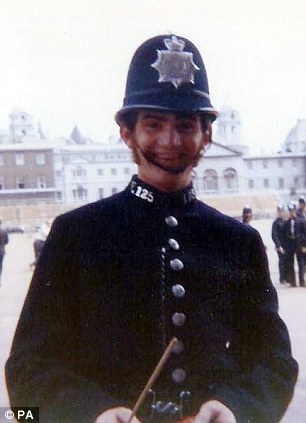
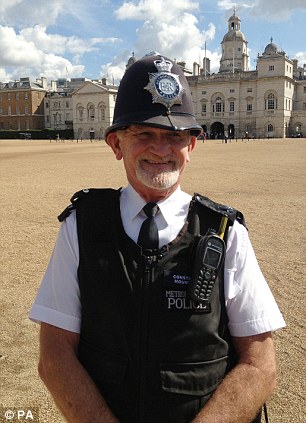 0
0 -
I saw the obituary in the Times - A real Met hero - RIP
0 -
Peter
The Met used to be responsible for policing the Royal Dockyards - Dockyard constables had their numbers on the collar along with an anchor & crown. The helmet plate had their number in the centre with an anchor above.
1st Div - Woolwich
2nd Div - Portsmouth (1860 - 1934)
3rd Div - Devonport
4th Div - Chatham
5th Div - Pembroke
6th Div - Rosyth
The only J Wyatt connected to the Dockyard Div that I could find was a James Wyatt - warrant no 80496 - who joined the 3rd Div 13/06/1895 who retired as a PS on the 13/06/1921 while still serving on 3rd Div. Sure its going to be your man
Entitled to 1897Jubilee medal - 1902 coronation medal - 1911 coronation medal.
Alex
0 -
This is currently advertised on ebay as a tipstaff - any ideas where from ?
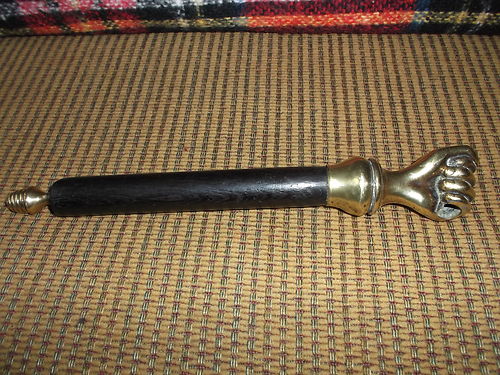 0
0 -
Metropolitan police officers who returned from retirement to Coronation duties were all given 'O' Division when they collected their uniforms - I believe they took part in practice ceremonies and once the real thing had passed would have handed their uniforms in. Constables and sergeants wore O Div on their collars and in their helmets whilst inspectors had their helmet with O in the centre.
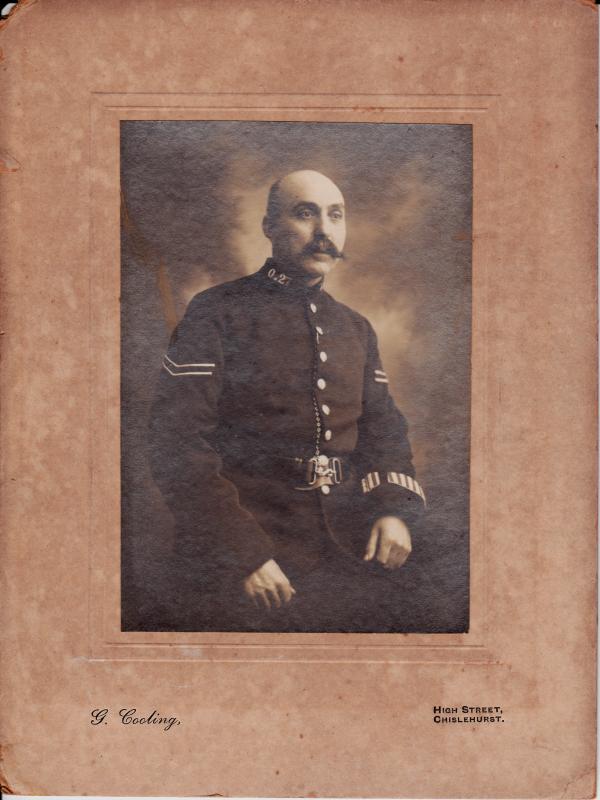 0
0 -
FEDERAL REPUBLIC OF GERMANY. Order of Merit, Medal of Merit (BUNDESREPUBLIK DEUTSCHLAND. Verdienstorden, Verdienstmedaille)
[DE689]
Click to enlarge
Circular gilt metal medal with loop for ribbon suspension; the face with a narrow-armed red enamel cross pattée with a circular central gilt medallion bearing a black eagle, wings outstretched, a laurel wreath between the arms; the reverse inscribed ‘FÜR / VERDIENSTE / UM DIE / BUNDESREPUBLIK / DEUTSCHLAND’ (for Merit to the German Federal Republic); slight contact marks to the gilt; on original ribbon. The Order is the highest honour that the Federal Republic of Germany bestows and was instituted by President Theodor Heuss on 7 September 1951, second anniversary of the founding of the Federal Republic, ‘with the desire to create a visible expression of recognition and thanks for meritorious men and women of the German people and from abroad for service in the fields of politics, socio-economics and intellectual work and for service in rebuilding the fatherland, and, as an award intended for all, for contributions to enhancing Germany’s reputation abroad’. (‘In dem Wunsche, verdienten Männern und Frauen des deutschen Volkes und des Auslandes Anerkennung und Dank sichtbar zum Ausdruck zu bringen, stifte ich am 2. Jahrestag der Bundesrepublik Deutschland den ,Verdienstorden der Bundesrepublik Deutschland. Er wird verliehen für Leistungen, die im Bereich der politischen, der wirtschaftlich-sozialen und der geistigen Arbeit dem Wiederaufbau des Vaterlandes dienten, und soll eine Auszeichnung all derer bedeuten, deren Wirken zum friedlichen Aufstieg der Bundesrepublik Deutschland beiträgt’). A good example.
0





Detective Inspector E. J. Child, City of London Police Retirement Medal 1891
in Great Britain: Mervyn Mitton's British & Colonial Police Forces
Posted
Really interesting object and must be one of a kind - City of London police Museum must be able to help with this detectives history - please let us know what you find out - must be a very distinguished detective - Nothing to do with a poppy !!